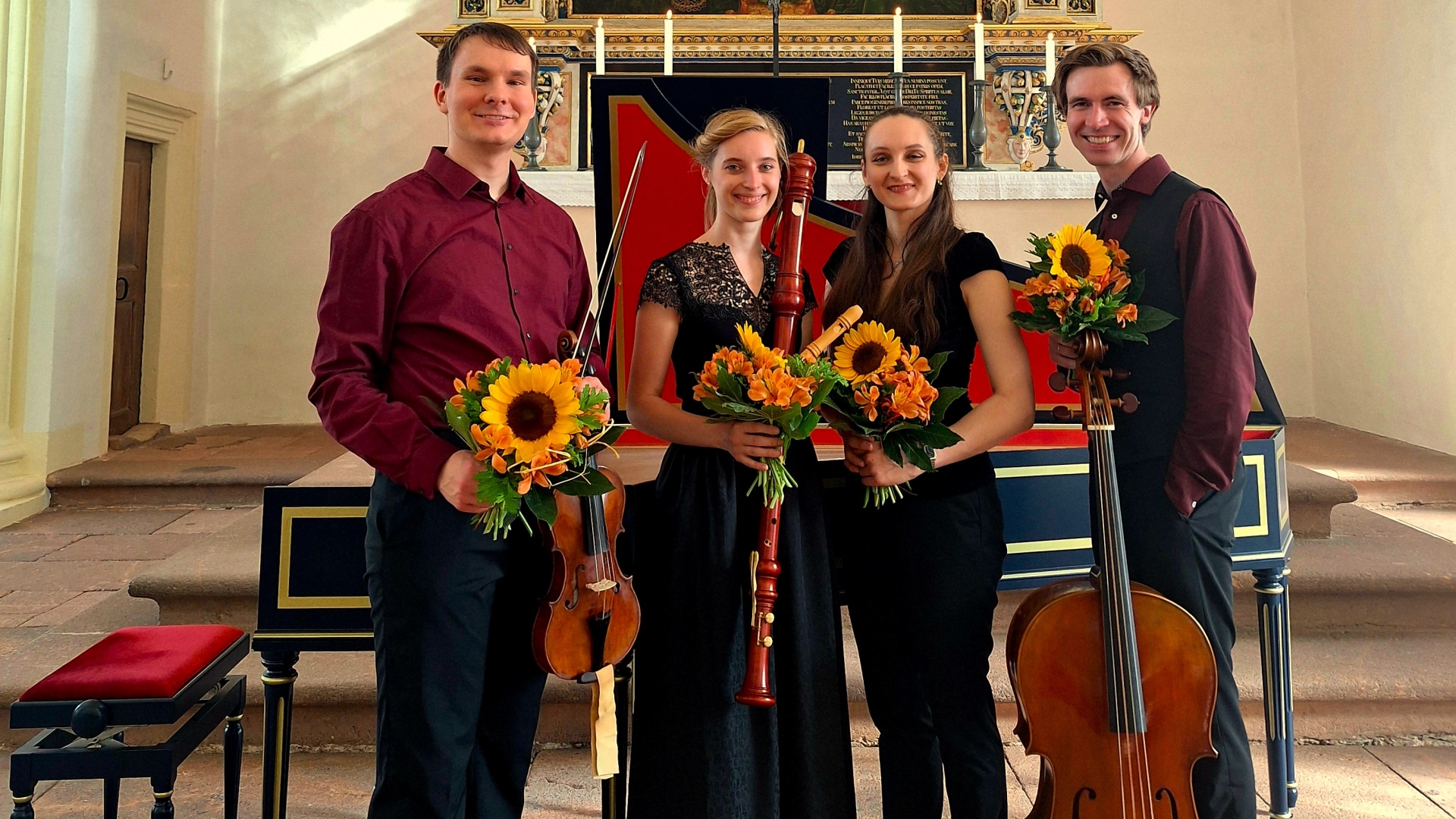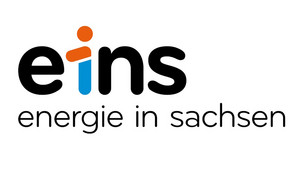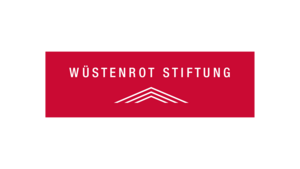Location
Augustusburg, castle church in the castle
Augustusburg Castle, Schloss 1, 09573 Augustusburg
Under the direction of Clara Starzetz, the four musicians will be able to utilise the acoustics of the castle church for harmonies in both major and minor keys.
Organist Friedrich Sacher will make the more than 600 pipes of the historic Renkewitz organ resound with a versatile chorale arrangement from northern Germany.
Participants
Recorders | Clara Starzetz
Violin | Martin Schneider
Viola da gamba | Jakob Kuchenbuch
Harpsichord | Agata Meissner
Organ | Friedrich Sacher
Programme
Francesco Geminiani (1687-1762)
Adagio from Violin Sonata Op. 4 No. 1
Carl Philipp Emanuel Bach (1714-1788)
Conversation between a Sanguineus and Melancholicus
Dietrich Buxtehude (1637-1707)
Suite on the chorale "Auf meinen lieben Gott trau ich in Angst und Not", BuxWV 179
for organ
Georg Philipp Telemann (1681-1767)
Trio Sonata in D minor TWV 42:d10
Additional information:
Extended cable car journey times - this way the Augustusburg Music Summer can also be reached.
On all Saturdays from 14 June to 23 August 2025, the Augustusburg cable car will extend its journey times until 19:40. From Chemnitz, take the Erzgebirgsbahn railway to Erdmannsdorf.
Extra tip:
Guided tour of the old town centre of Augustusburg at 16:00
Cost: €5, pre-booking at the tourist information centre is recommended










































